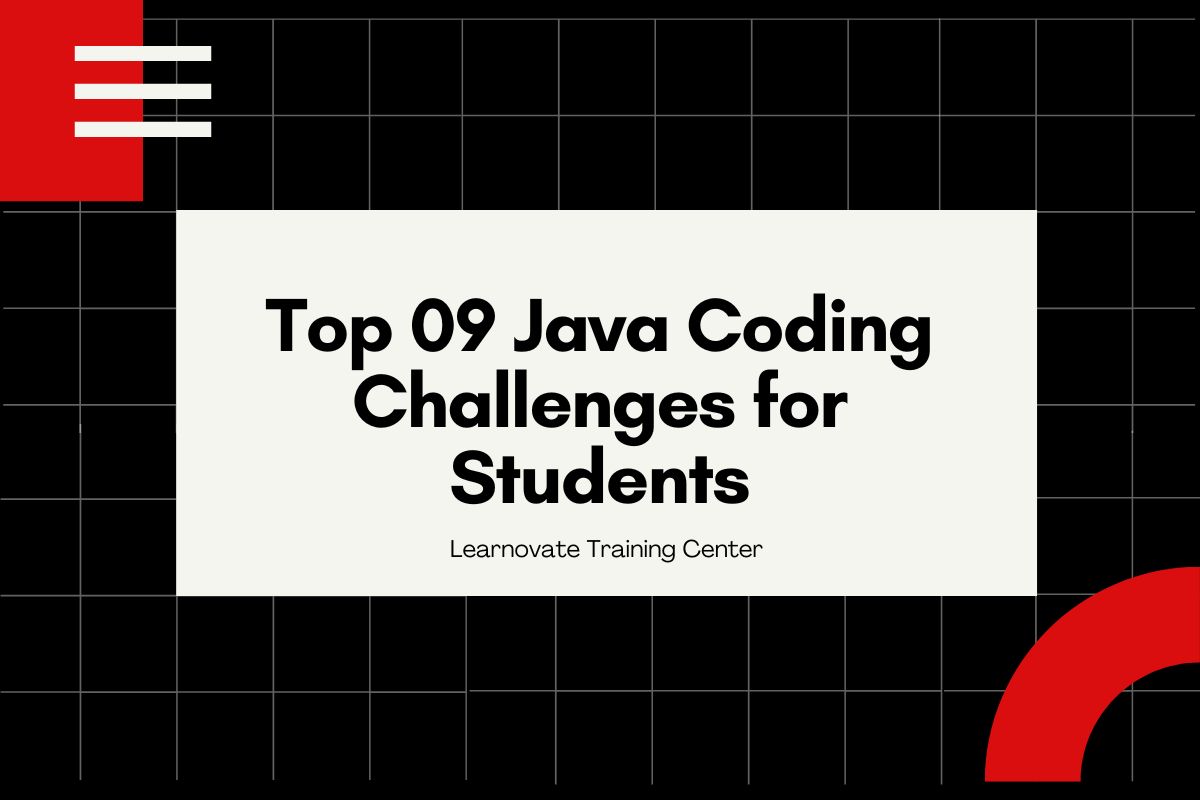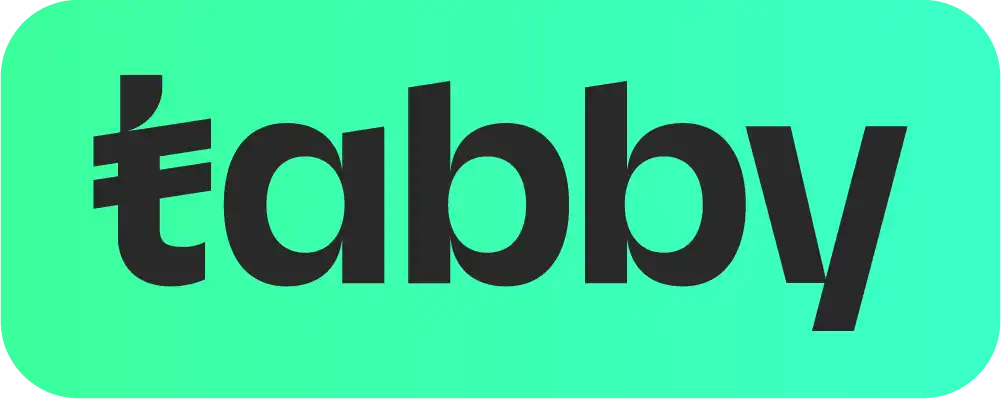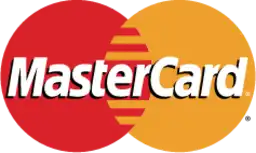Learning Java coding can be a fun adventure! As students, it’s important to practice by solving coding challenges. These challenges help you think like a programmer. They improve your problem-solving skills and prepare you for real-world programming tasks. In this blog post, we will explore the top 10 Java coding challenges that can turn students into coding experts.
Reverse a String
The first challenge is to reverse a string. This means taking a word like “hello” and turning it into “olleh.” To solve this, students can use a loop to go through the string from the last character to the first. This challenge teaches the basics of string manipulation.
By practicing this challenge, students learn about arrays and loops in Java. It helps them understand how to work with different data types. It’s an easy task but lays the groundwork for more complex problems. Try coding this yourself to improve your skills!
Image suggestion: A code snippet showing how to reverse a string in Java.
Find the Factorial of a Number
The next challenge is to find the factorial of a number. The factorial of a number n is the product of all positive integers from 1 to n. For example, the factorial of 5 is 5 × 4 × 3 × 2 × 1 = 120. This problem can be solved using both loops and recursion.
Understanding factorials helps students learn about mathematical concepts in programming. This challenge also teaches them how to write functions in Java. By mastering this, students can tackle more difficult problems that require similar logic.
Image suggestion: A code snippet demonstrating how to calculate the factorial of a number.
As you work through these challenges, consider joining our Java course to gain hands-on experience. In this course, you will tackle real-world problems and learn essential skills to advance your coding journey. Joining a course can provide you with valuable guidance and resources.
Check for Prime Numbers
The third challenge is to check if a number is prime. A prime number is a number greater than 1 that has no divisors other than 1 and itself. For example, 7 is prime, but 4 is not because it can be divided by 2. Students can use loops to test for prime numbers.
This challenge helps students grasp how to use loops and conditionals. It also improves their understanding of number theory. Understanding prime numbers is vital in various fields like cryptography and data security.
Image suggestion: A code snippet showing how to check for prime numbers.

Fibonacci Sequence
The fourth challenge is to generate the Fibonacci sequence. This sequence starts with 0 and 1; each number is the sum of the preceding ones. So, the sequence goes like this: 0, 1, 1, 2, 3, 5, 8, and so on. Students can solve this using loops or recursion.
Working on this challenge enhances students’ sequence generation and mathematical logic skills. They also learn how to optimize code for better performance. This foundational knowledge can lead to understanding more complex algorithms in the future.
Image suggestion: A code snippet demonstrating how to generate the Fibonacci sequence.

Sorting an Array
Next up is sorting an array. This challenge requires students to arrange elements in a specific order, either ascending or descending. Common sorting algorithms include Bubble Sort and Selection Sort. Understanding these algorithms is crucial in computer science.
Sorting helps students practice working with arrays and algorithms. It also shows them how efficient coding can lead to better program performance. Solving sorting problems lays the groundwork for tackling more complex challenges.
Image suggestion: A code snippet demonstrating a sorting algorithm.

Merge Two Sorted Arrays
The sixth challenge is to merge two sorted arrays into one. This means taking two sorted lists and combining them into a new sorted list. For example, if one array is [1, 3, 5] and the other is [2, 4, 6], the merged array will be [1, 2, 3, 4, 5, 6].
This challenge teaches students how to handle multiple arrays and understand the merging process. It improves their problem-solving skills and helps them think logically about data organization. Merging arrays is a common task in data manipulation, so mastering this is important.
Image suggestion: A code snippet showing how to merge two sorted arrays.

Palindrome Checker
The seventh challenge is to check if a word or phrase is a palindrome. A palindrome reads the same forward and backward, like “madam” or “racecar.” Students can solve this by comparing characters from the start and end of the string.
This challenge enhances students’ understanding of string manipulation and logic. It also encourages them to think critically about how to solve problems efficiently. Learning to identify palindromes is fun and useful in various applications, including data validation.
Image suggestion: A code snippet showing how to check for palindromes.

Count Vowels and Consonants
In this challenge, students must count the number of vowels and consonants in a given string. For example, in the word “hello,” there are two vowels (e, o) and three consonants (h, l, l). This task helps students understand string character analysis.
By completing this challenge, students learn to use loops and conditionals effectively. They also enhance their attention to detail and analytical skills. Knowing how to analyze strings is an important aspect of coding, making this challenge relevant and practical.
Image suggestion: A code snippet demonstrating how to count vowels and consonants.

Rock-Paper-Scissors Game
The final challenge is to create a simple Rock-Paper-Scissors game. This game allows the user to play against the computer. Students will use conditionals to determine the winner based on the choices made. This challenge is not only fun but also practical.
Building this game helps students learn about user input and game logic. They also improve their skills in using conditionals and loops. It’s a great way to apply what they have learned in a creative project!
Image suggestion: A code snippet showing how to implement the Rock-Paper-Scissors game.

Conclusion
Completing coding challenges is a fantastic way for students to improve their Java coding skills. Each challenge helps develop different skills and understanding of programming concepts. As students practice, they will gain confidence and become more proficient in coding.
Remember, the more challenges you tackle, the better you will get! Keep practicing and consider joining a structured course to enhance your learning experience further. Happy coding!
For more information on Java programming and coding challenges, visit this website to learn further.















